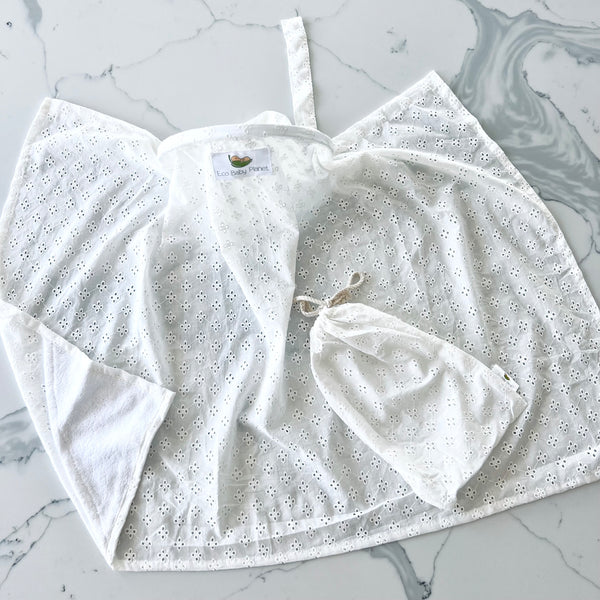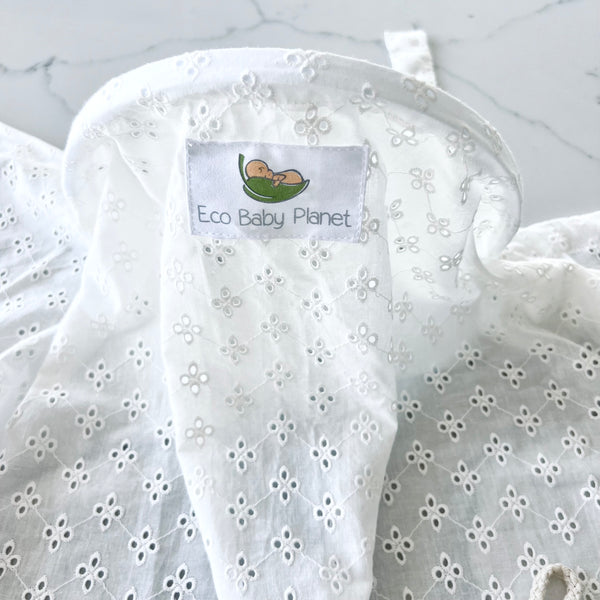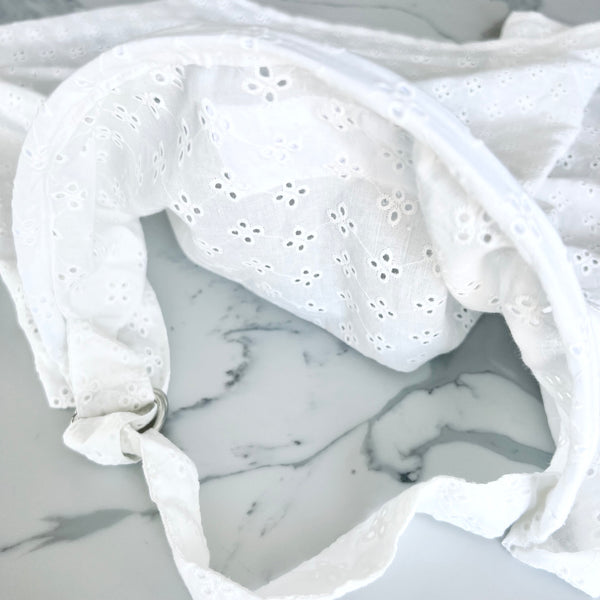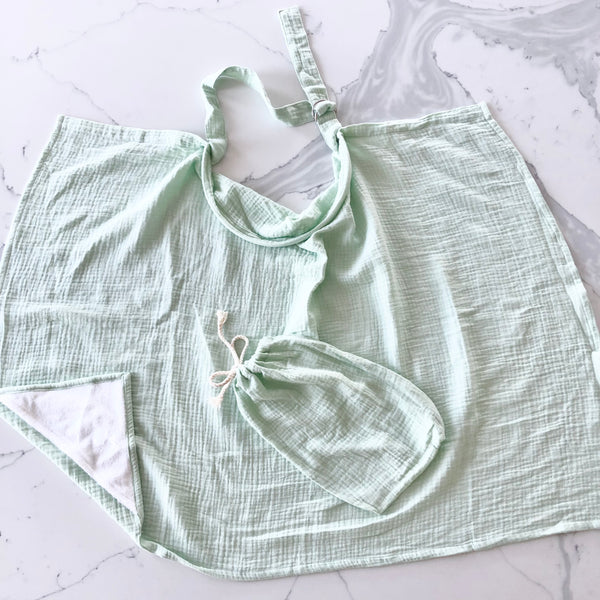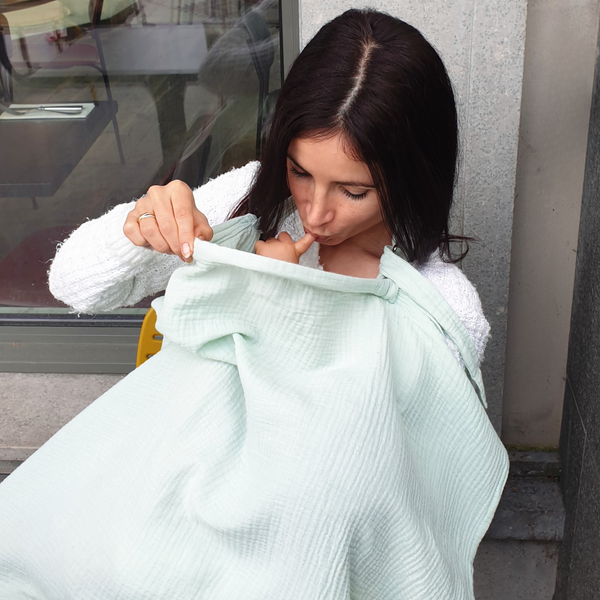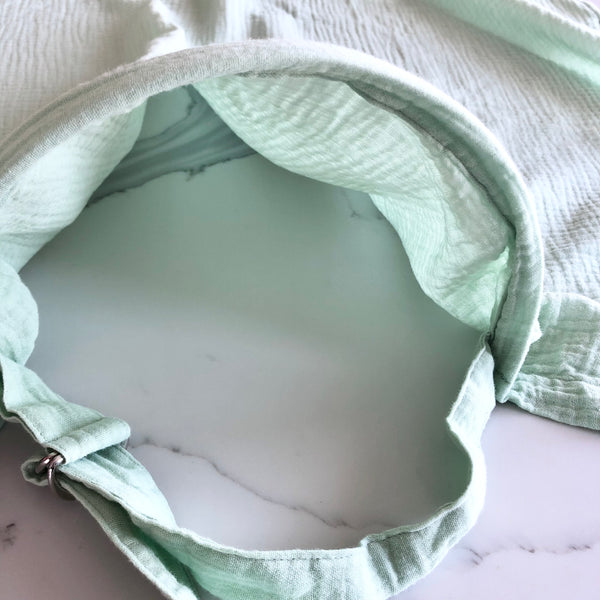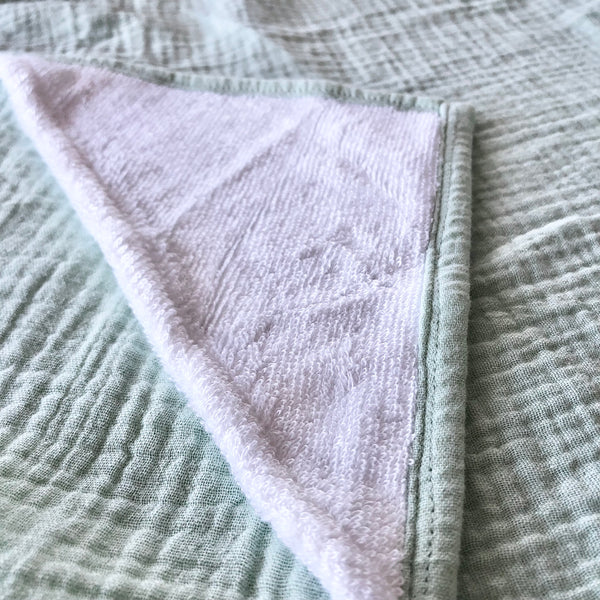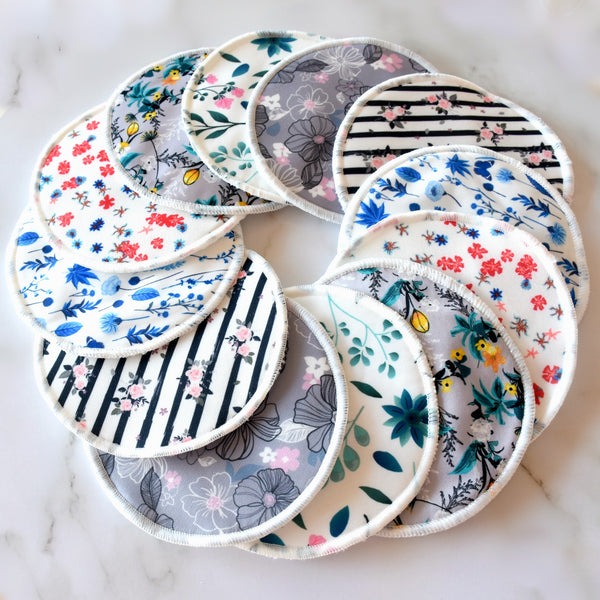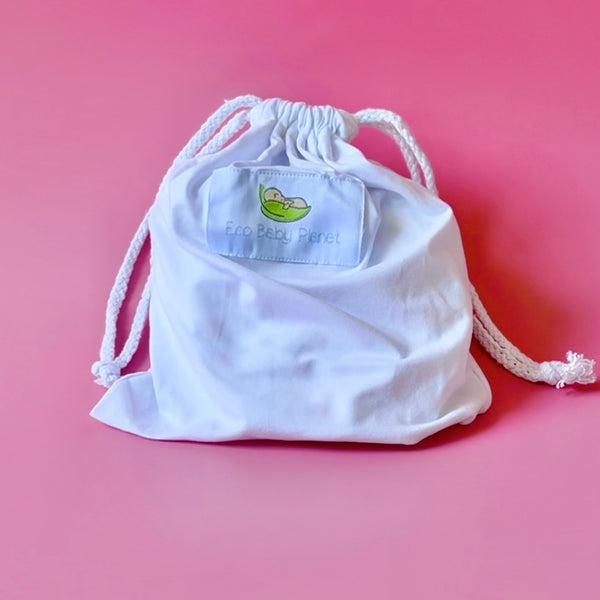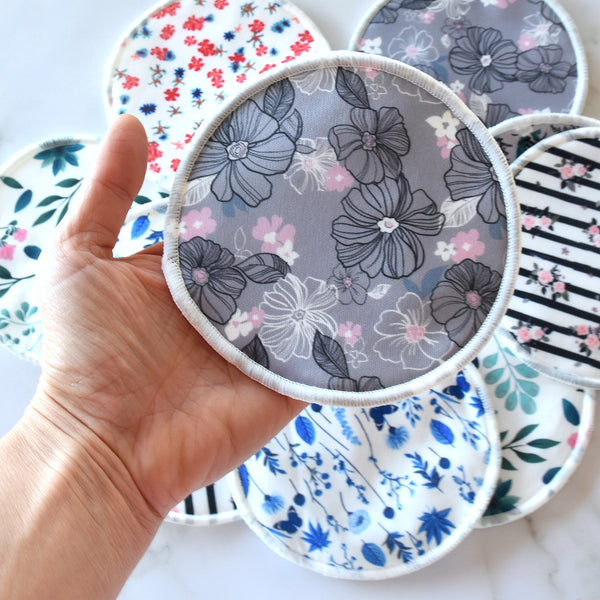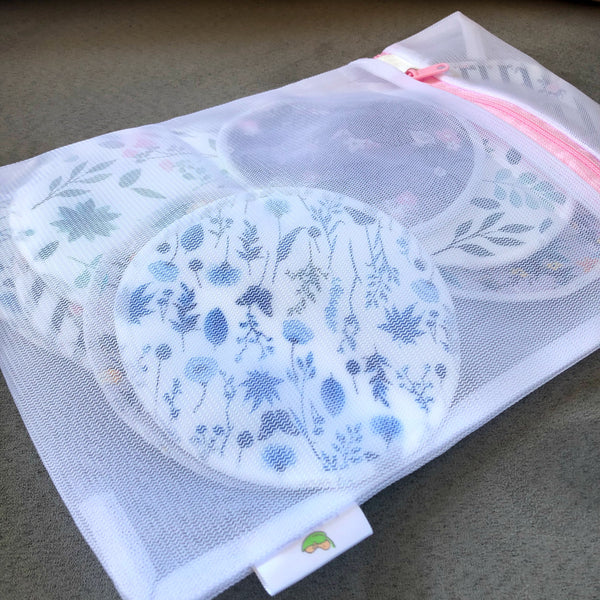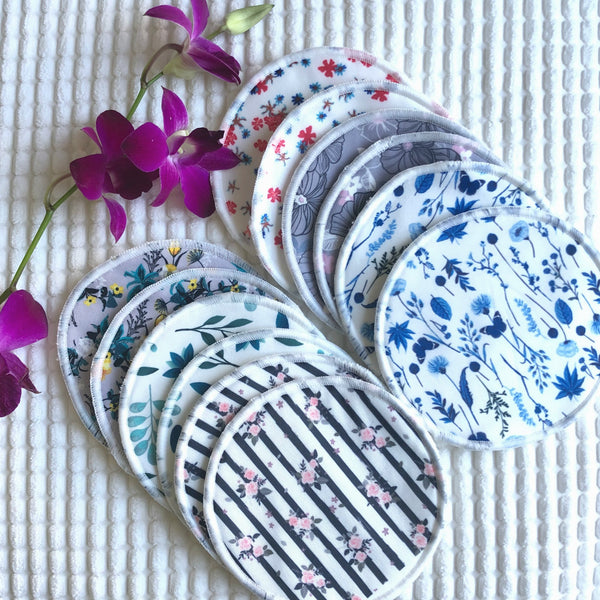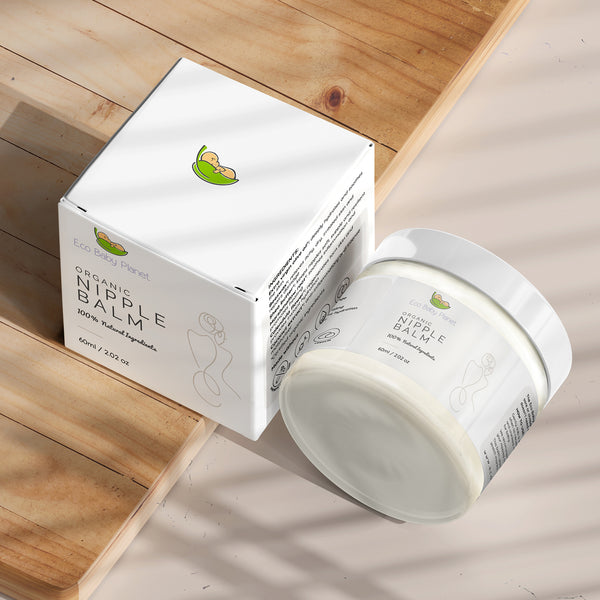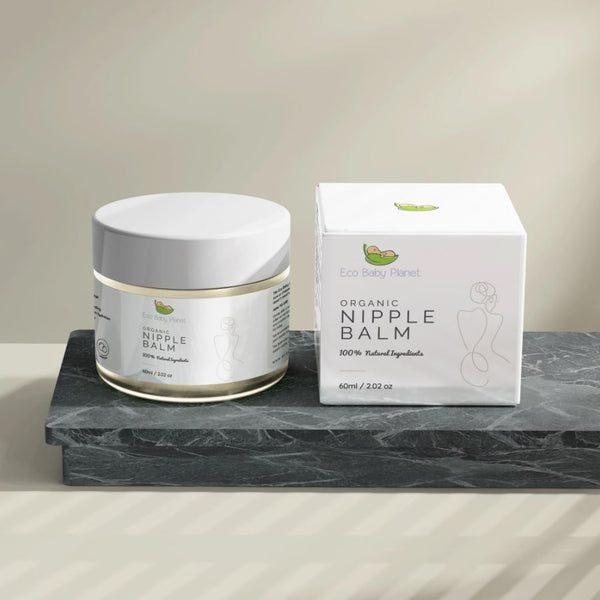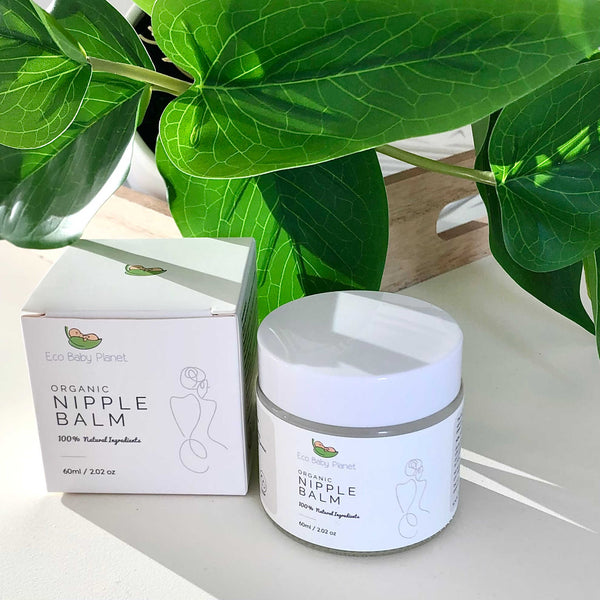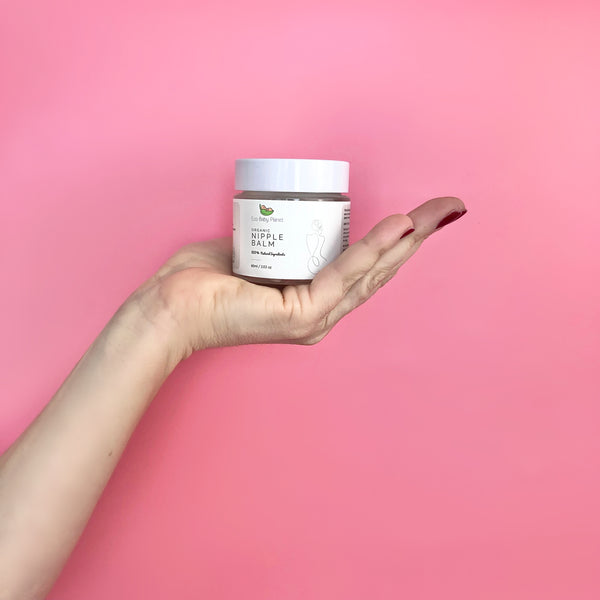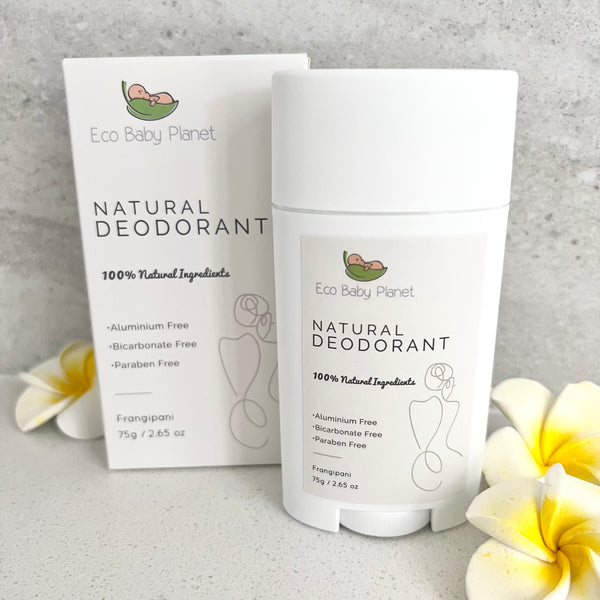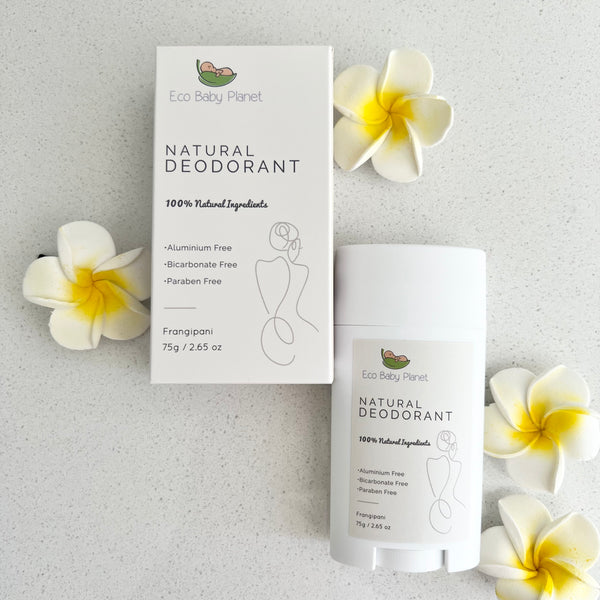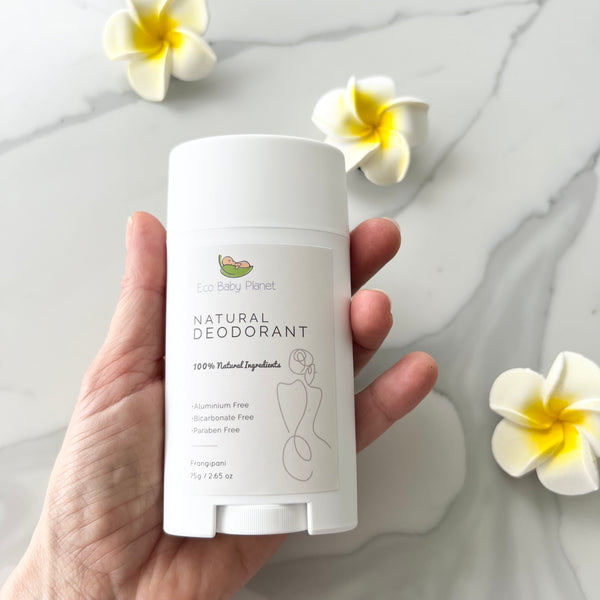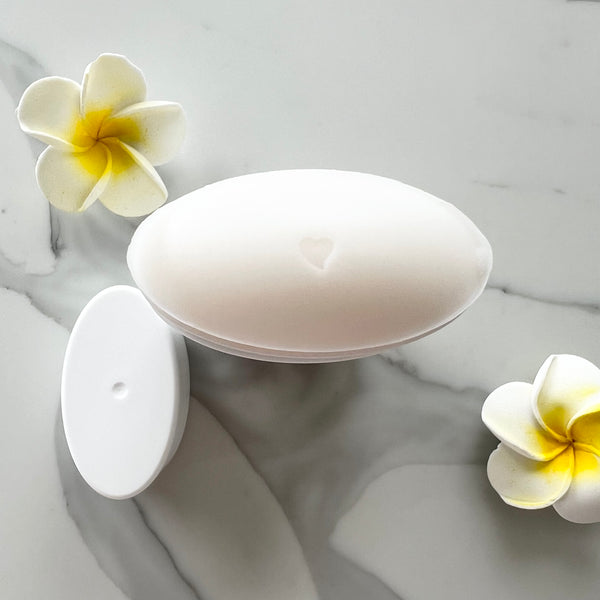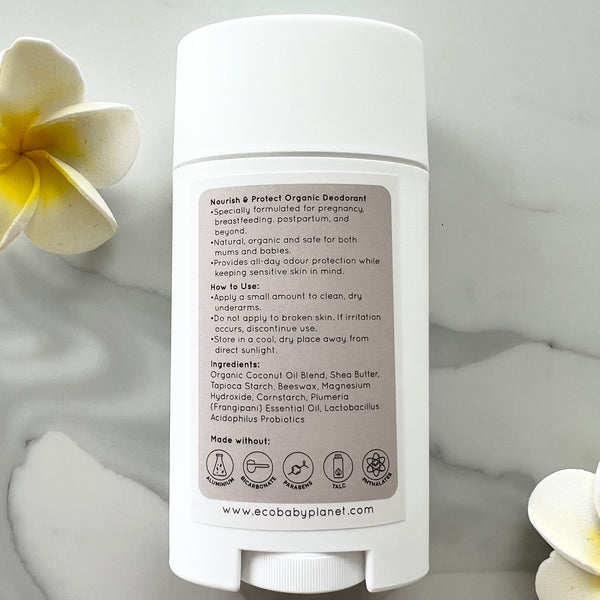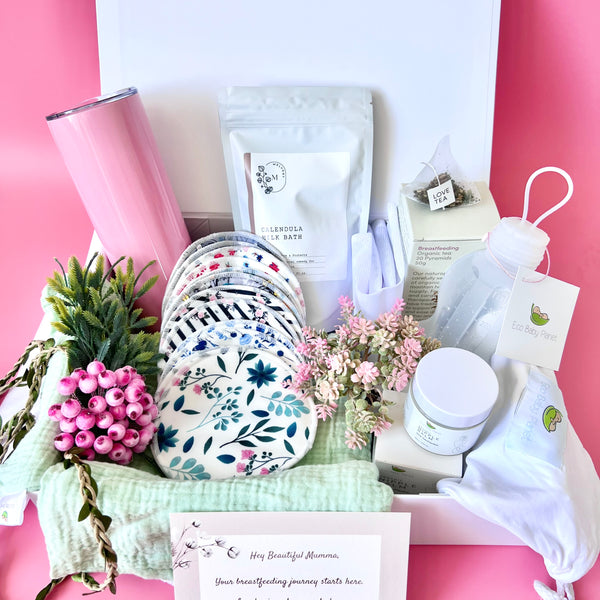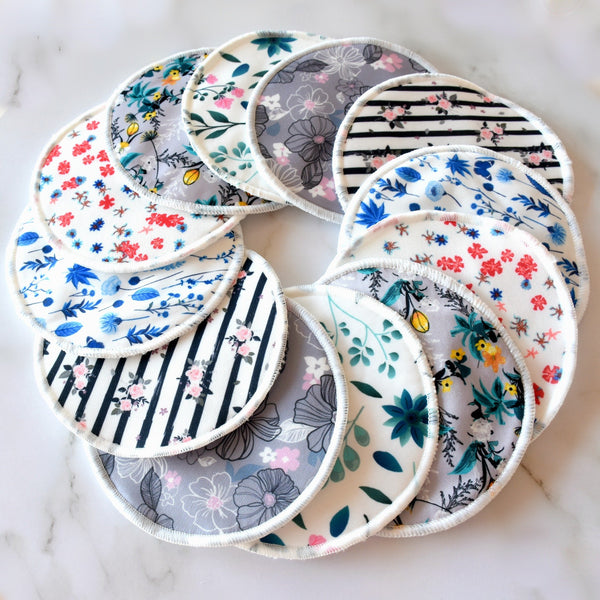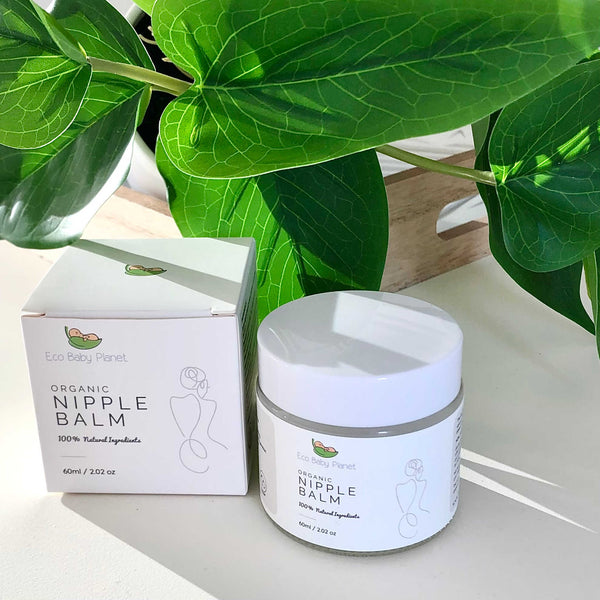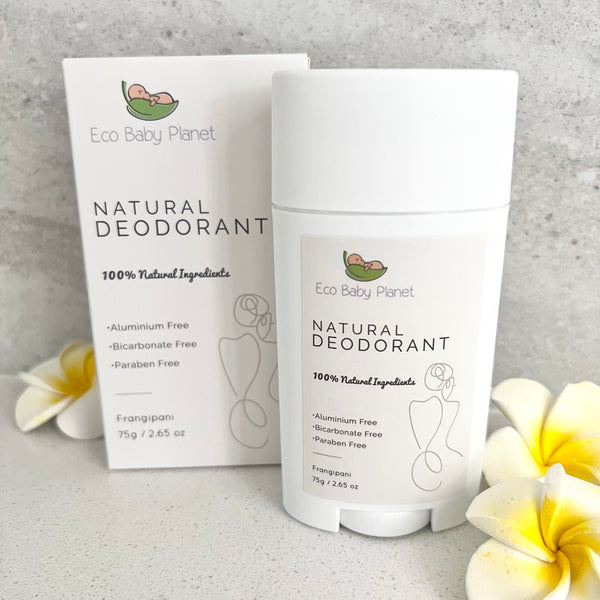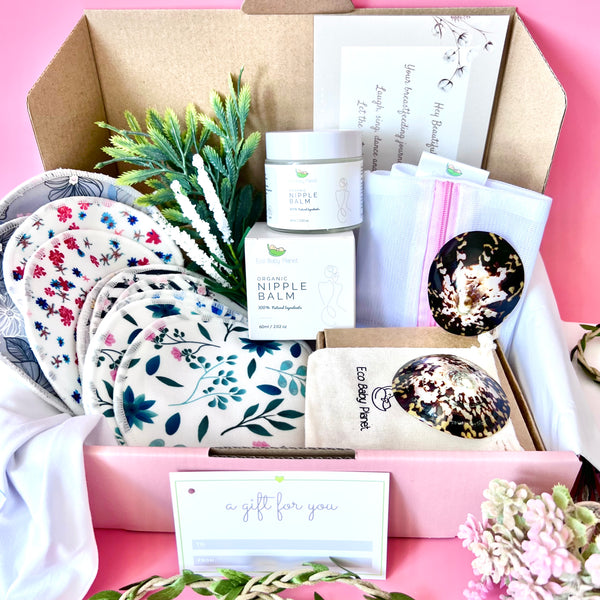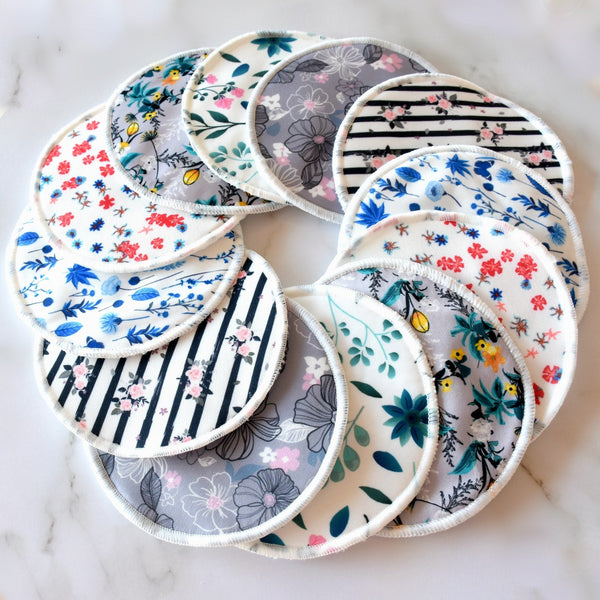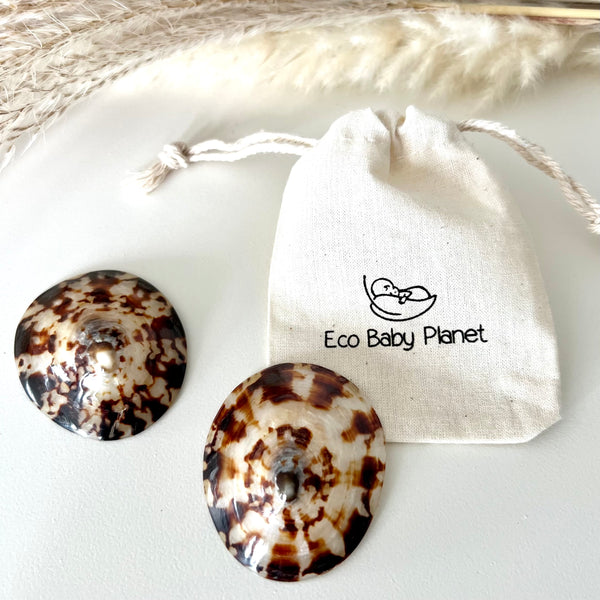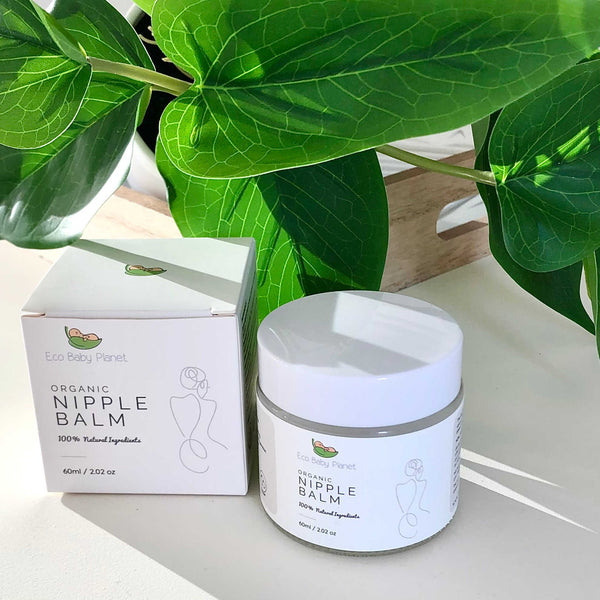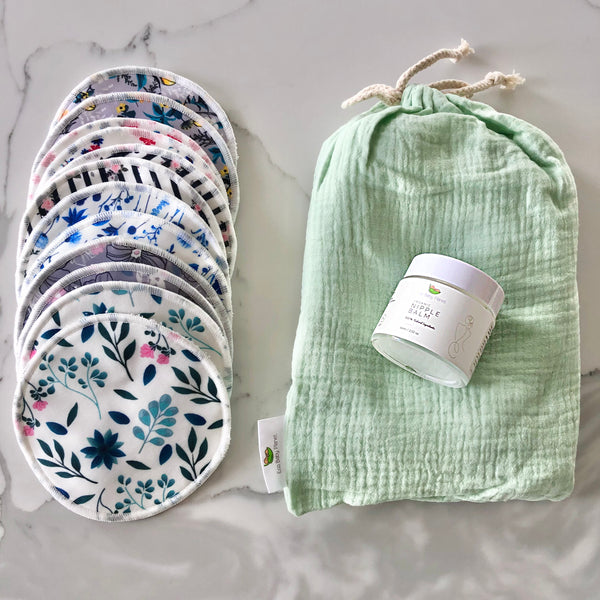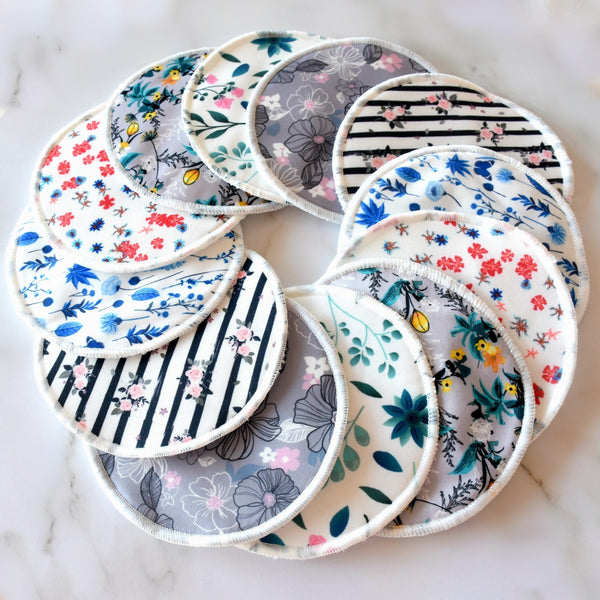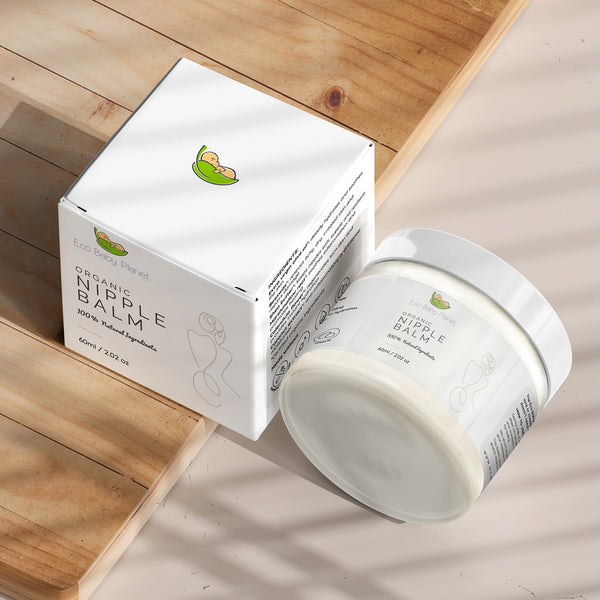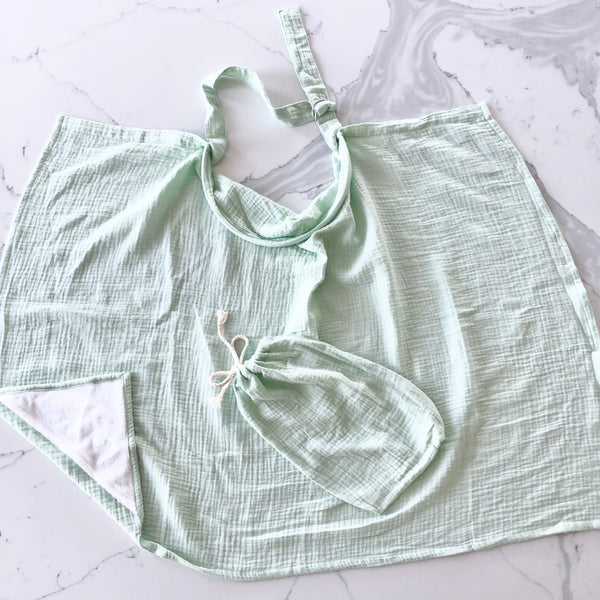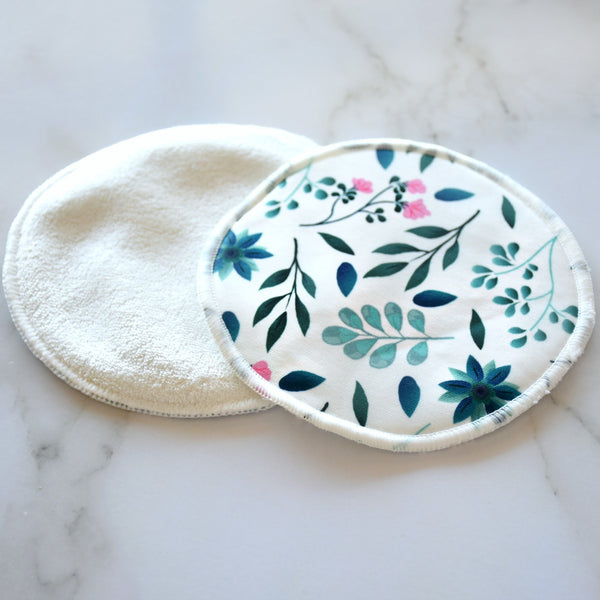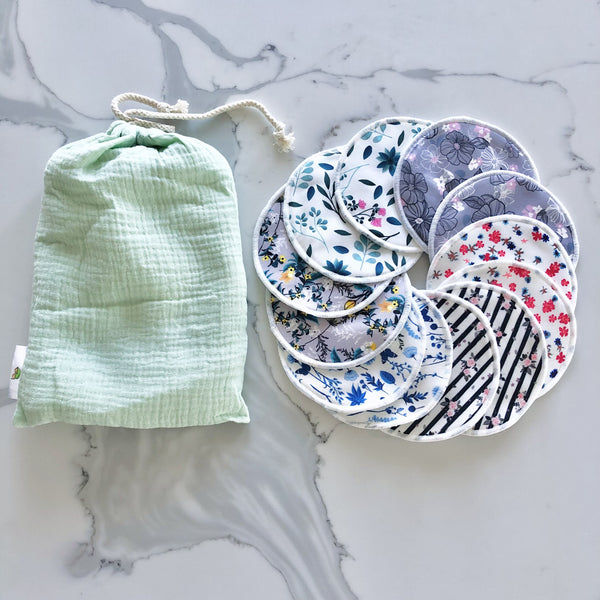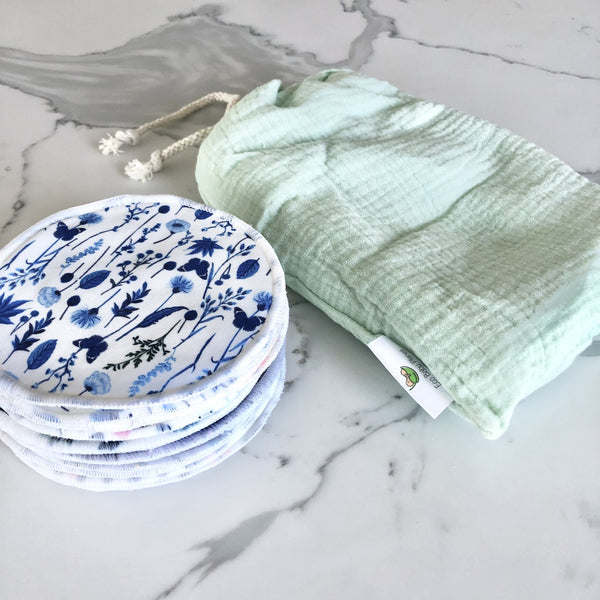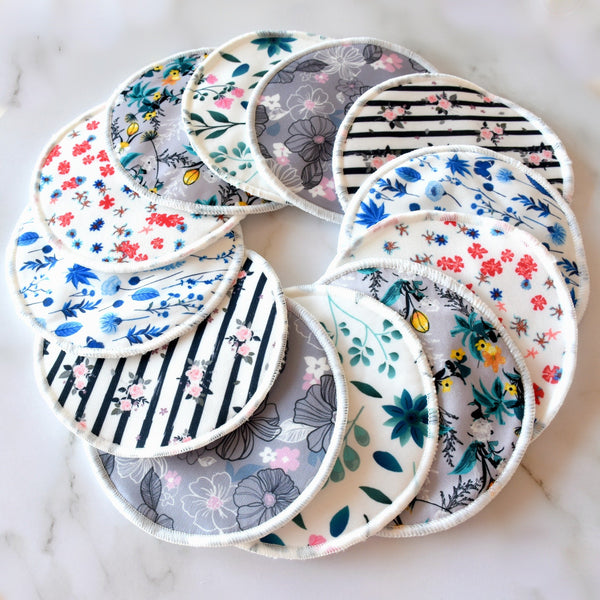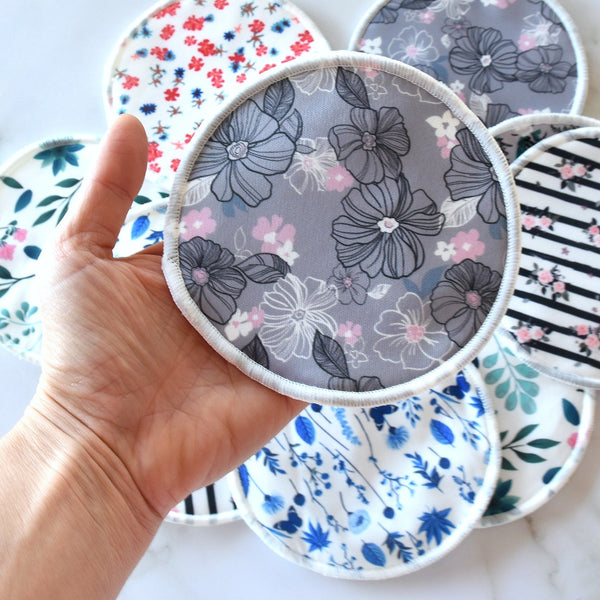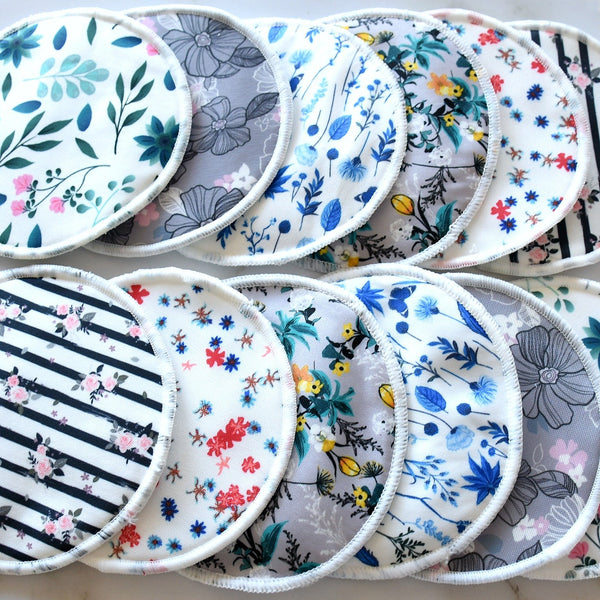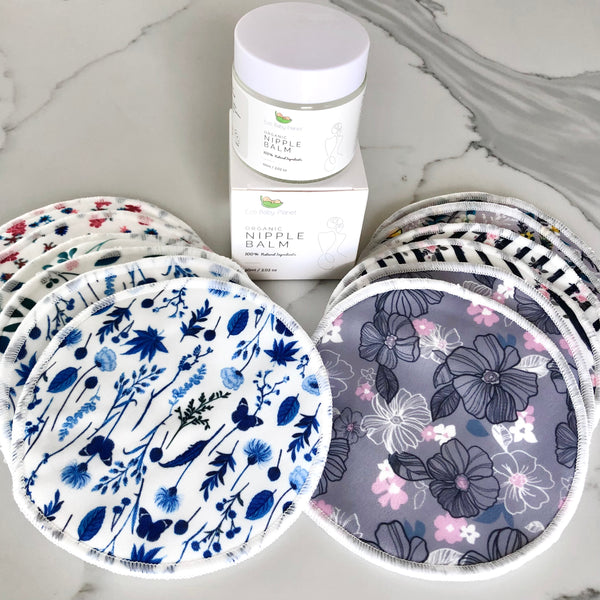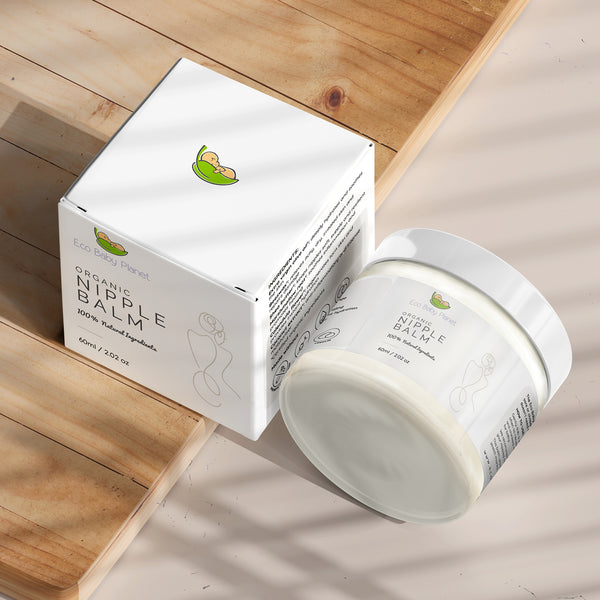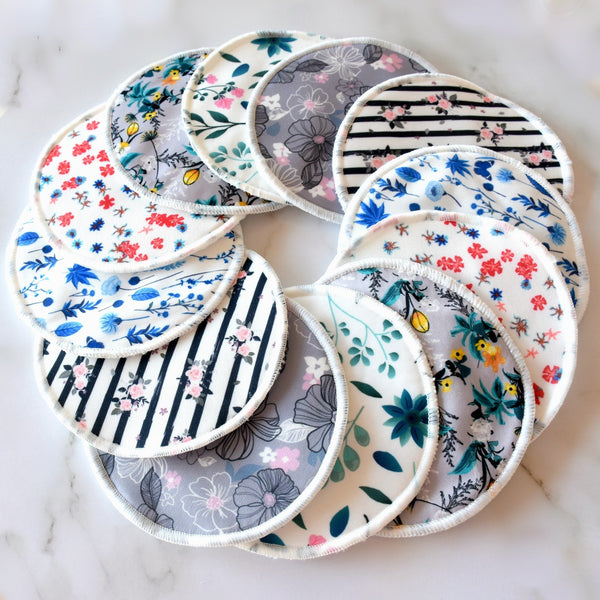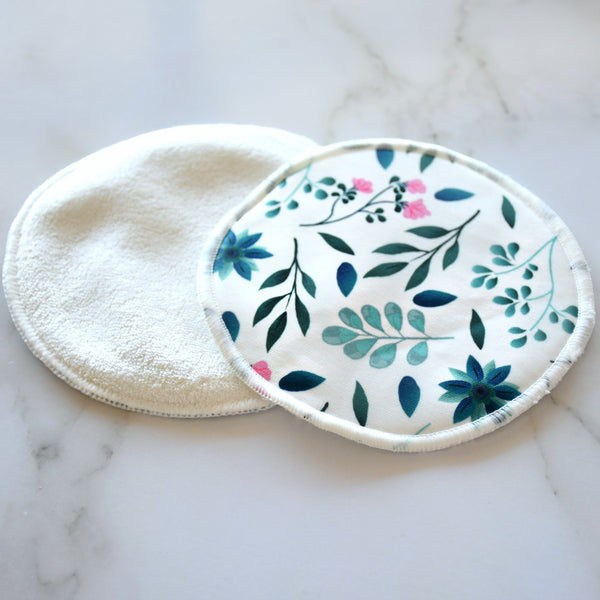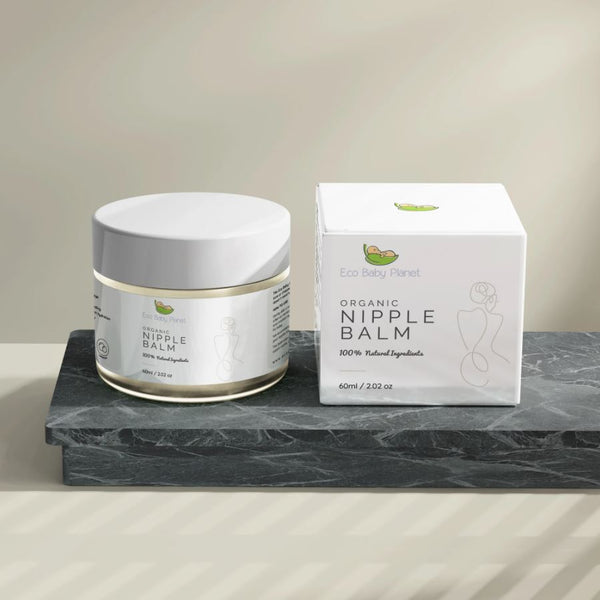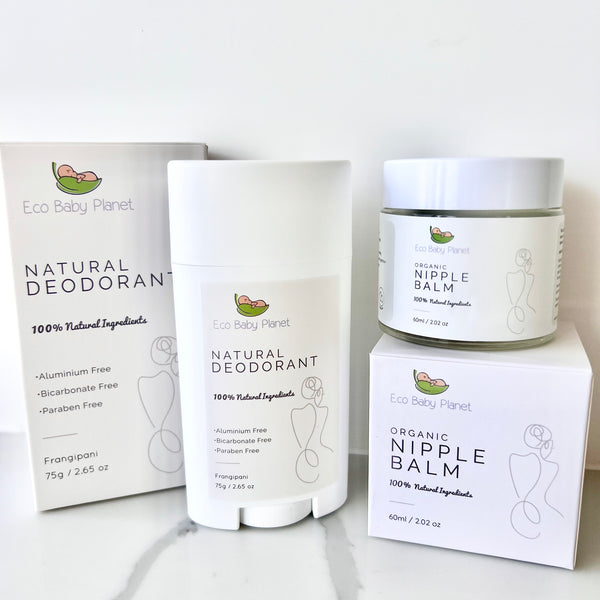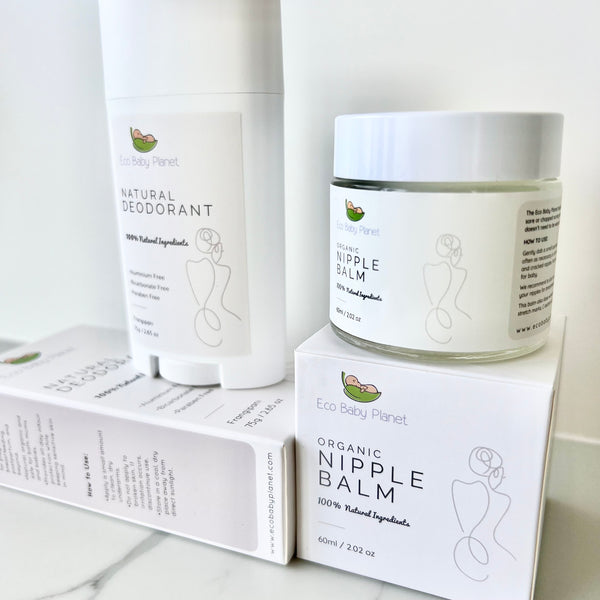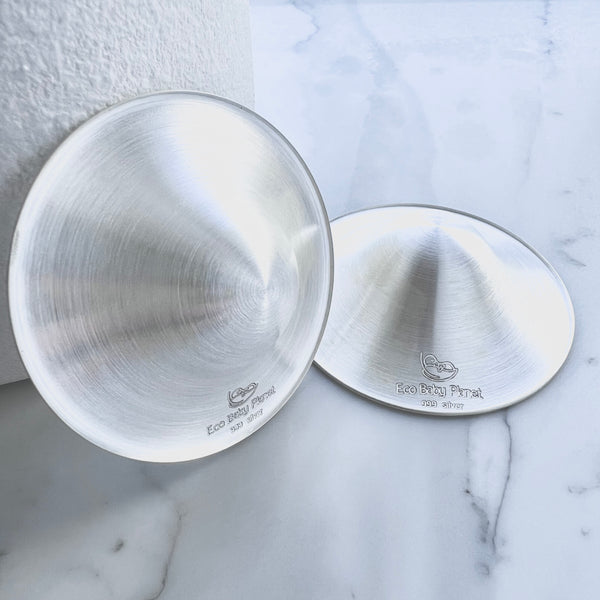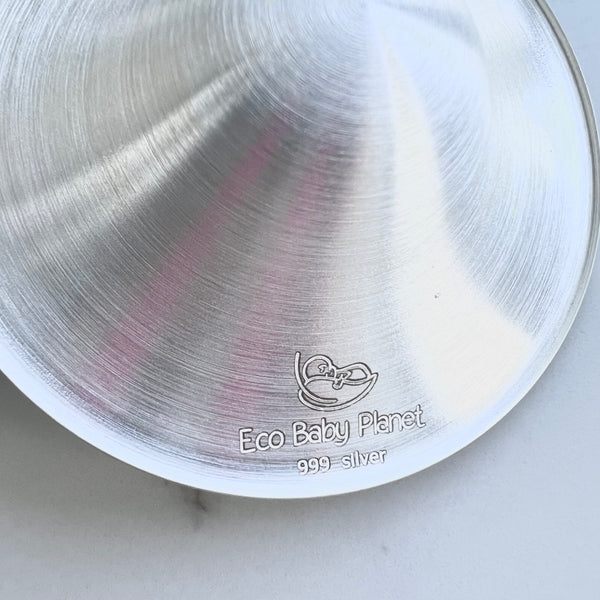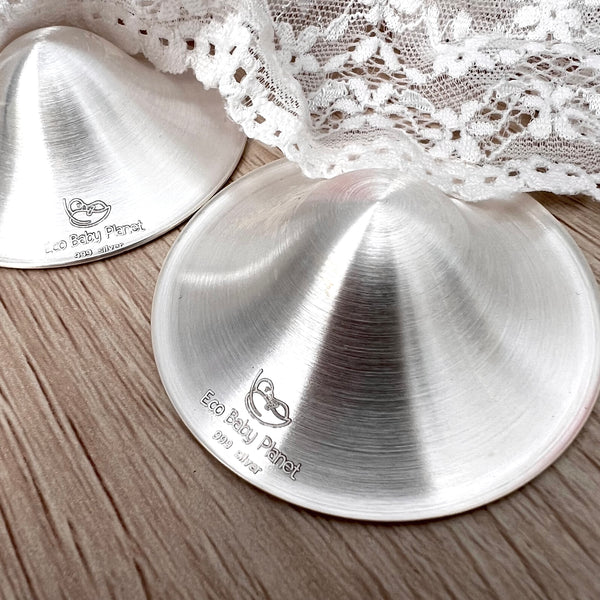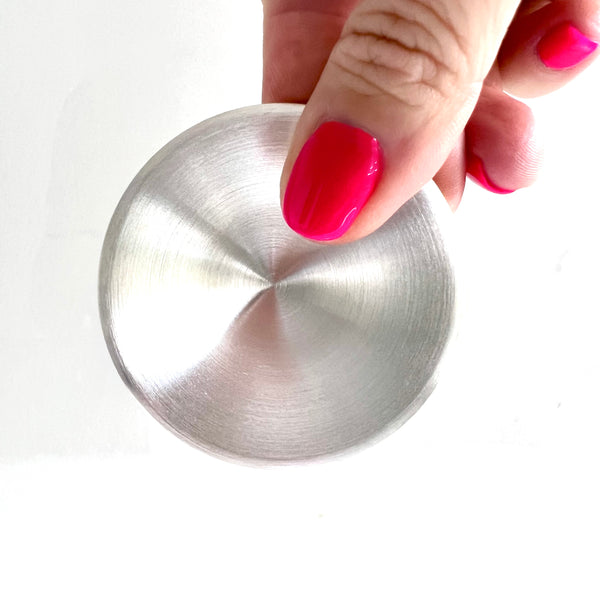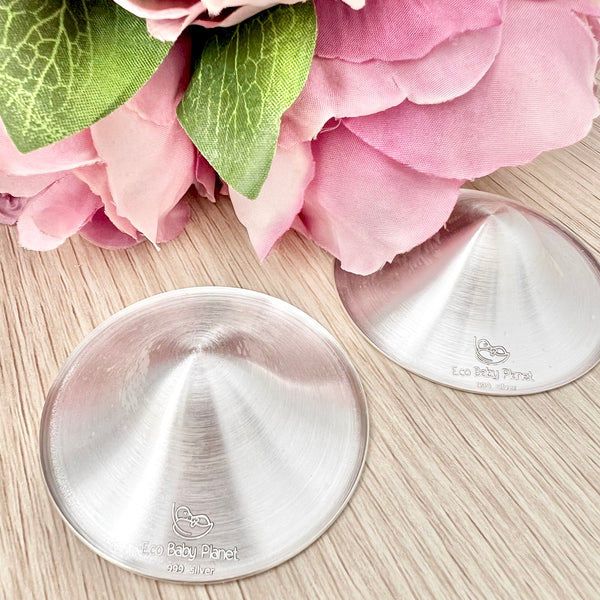Breastfeeding is a natural and beautiful way to nourish your baby, but it can also be challenging, especially for new mums. There are many factors that can affect breastfeeding success, such as milk supply, latch, and nipple pain. In this article, we'll cover 13 breastfeeding secrets every mum should know to help make the experience smoother and more enjoyable for both you and your baby.
1. Boost Milk Supply by Pumping the Opposite Breast
One of the most common challenges new mums face is maintaining an adequate milk supply. If your baby is not nursing frequently enough, your milk supply can decrease. One way to increase milk supply is by pumping the opposite breast while your baby is nursing. This will help stimulate milk production and increase the amount of milk you produce.
2. Release your baby's latch using your finger
Sometimes, babies can have a hard time unlatching from the breast, which can be painful for the mum. To prevent this, insert your finger (pinkie) into your baby's mouth to break the suction before unlatching. This will prevent damage to your nipples and make breastfeeding more comfortable for both you and your baby.
3. Relieve engorgement manually if necessary
Engorgement is when your breasts become overly full of milk and can be painful and uncomfortable. If you experience engorgement, you can manually express some milk to relieve the pressure. Gently massage your breasts and apply warm compresses to help with letdown. You can also do this under a warm shower.
4. Start with the less-sore nipple first
If you're experiencing nipple pain, offering your less-sore nipple first can help make breastfeeding more comfortable. This way, your baby will start nursing on the less sensitive nipple, and by the time they switch to the other side, your milk flow will be stronger and the nipple will be less sensitive.
5. Breast milk is produced in cycles
It's important to remember that breast milk production is cyclical. In the first few days after giving birth, you'll produce colostrum, a nutrient-rich liquid that provides your baby with the nutrients they need. After a few days, your milk will "come in," and your breasts will start producing more milk. As your baby grows and their needs change, your milk production will adjust accordingly.
6. Use breast shells to safeguard your nipples from friction
Breastfeeding can cause friction between your nipples and your clothing, which can lead to soreness and discomfort. Wearing breast shells can help protect your nipples from friction and keep them comfortable while you breastfeed.
7. Feed frequently (and increase your food intake) to enhance milk supply
One of the best ways to increase your milk supply is by nursing your baby frequently. The more you nurse, the more milk your body will produce. Additionally, it's important to make sure you're eating enough to support milk production. Aim to eat a balanced diet that includes plenty of protein, fruits, vegetables, and healthy fats.
-*-
8. If you're pumping at work, leave some of the equipment there
If you're pumping at work, it can be helpful to leave several parts there, such as a pump, tubing, and bottles. This way, you won't have to worry about transporting them back and forth every day. Bring some milk storage pouches that you store in the fridge there during the day and bring them home after work.
9. Introduce a bottle of expressed milk before resuming work
If you plan to return to work and pump milk, it's a good idea to introduce a bottle of pumped milk a few weeks before you go back to work. This will give your baby time to adjust to the bottle and ensure that they'll be able to feed while you're away.
10. Ensure that your baby's mouth covers a broad area of the breast
Proper latch is essential for successful breastfeeding. When your baby latches on, make sure their mouth covers a wide area of the breast, including the areola. This will ensure that they're able to get enough milk and that your nipples won't become sore or damaged.
11. Apply breast milk to soothe and condition your nipples
Breast milk has many benefits beyond providing nutrition to your baby. It's also a great way to soothe and prepare your nipples for breastfeeding. After nursing, express a few drops of milk and rub it onto your nipples. This will help soothe any soreness or irritation and keep your nipples healthy. Alternatively, it’s a good idea to use a natural, edible nursing balm and apply it after each feed, or as often as you can.
12. Keep your breasts hygienic and dry
It's important to keep your breasts clean and dry to prevent infections and other complications. Make sure to wash your breasts regularly with warm water and mild soap and pat them dry with a clean towel after each nursing session. You can also use nursing pads to absorb any leaks and keep your breasts dry.
13. Vary your nursing positions regularly
Finally, changing nursing positions can help prevent soreness and discomfort and ensure that your baby is able to get enough milk. Experiment with different positions, such as the football hold or lying down, to find what works best for you and your baby.
Conclusion
Breastfeeding is an incredible way to bond with your baby and provide them with the nutrition they need to thrive. While it can be challenging at times, knowing these breastfeeding secrets can help make the experience smoother and more enjoyable for both you and your baby. Remember to take care of yourself, eat well, and seek support when needed. With time, patience, and practice, you can master the art of breastfeeding and enjoy this special time with your little one.

